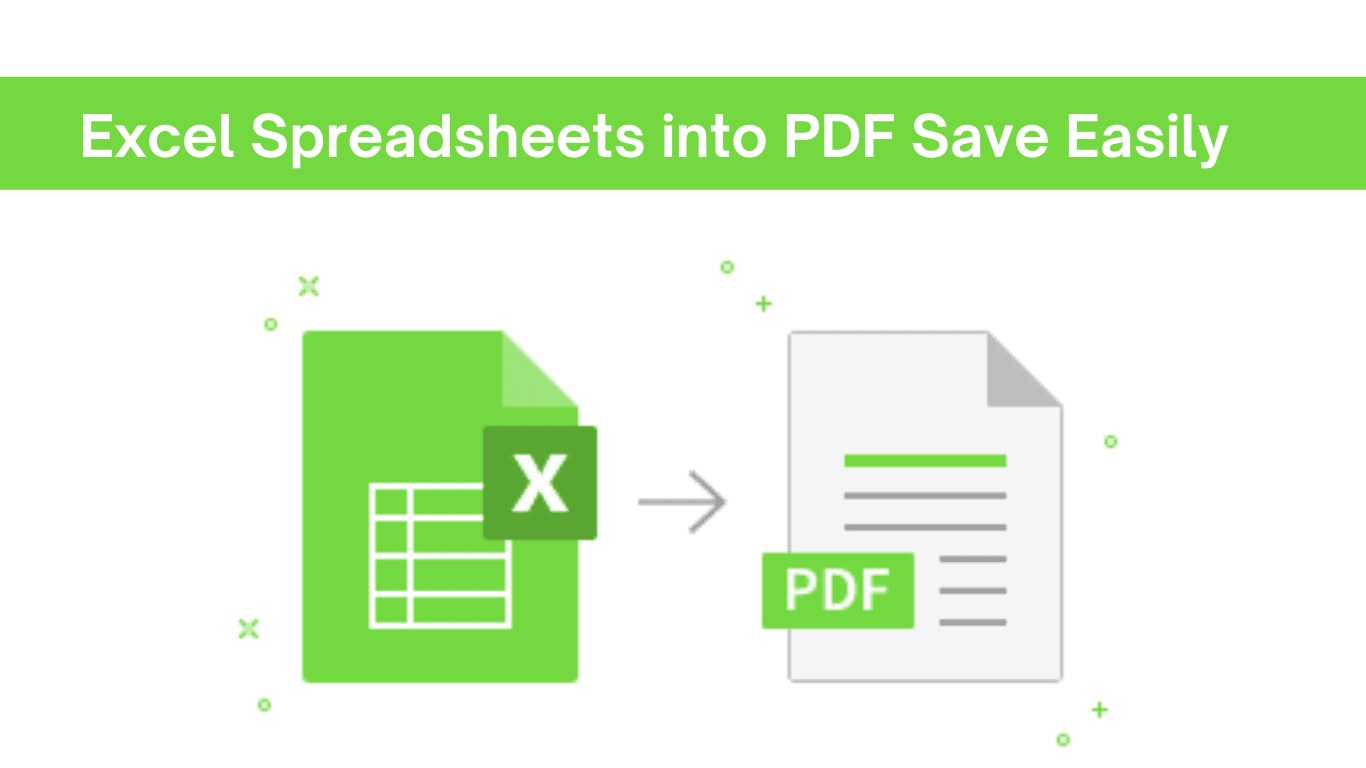
Healthcare costs continue to rise each year, and it’s a challenge for healthcare providers to manage these costs while maintaining quality care for patients. However, there are several effective strategies that healthcare providers can use to manage healthcare costs.
In this article, we’ll discuss five strategies that can help healthcare providers control costs while delivering quality care to patients.
1. Implementing Electronic Health Records
One of the most effective strategies for managing healthcare costs is implementing electronic health records (EHRs). EHRs provide a digital platform for healthcare providers to access patient medical records, treatment plans, and other important data.
EHRs reduce the need for paper records and streamline communication between healthcare providers. Additionally, EHRs can reduce the risk of errors in medication dosages, treatment plans, and other critical areas of care.
2. Focusing on Preventive Care
Preventative care is another effective strategy for managing healthcare costs. By focusing on preventing illnesses and diseases, healthcare providers can reduce the need for expensive treatments and hospitalizations.
This approach also helps to improve patient outcomes and overall health. Preventive care includes routine screenings, vaccinations, and education about healthy lifestyle choices.
3. Utilizing Remote Patient Monitoring (RPM)
Remote patient monitoring (RPM) is an innovative approach to managing healthcare costs. RPM uses technology to monitor patients remotely and allows healthcare providers to track patient data in real-time.
This approach can reduce the need for in-person visits, which can be costly and time-consuming for patients and healthcare providers. Additionally, RPM can help detect health issues early on, allowing for more timely interventions and preventing costly hospitalizations.
4. Adopting Robotic Process Automation (RPA)
Healthcare Robotic process automation (RPA) healthcare is an emerging trend that healthcare providers can use to manage costs. RPA healthcare uses software robots to automate repetitive tasks such as data entry, scheduling appointments, and claims processing.
This approach can reduce administrative costs and improve efficiency, allowing healthcare providers to focus on patient care. By adopting RPA healthcare, healthcare providers can also improve accuracy and reduce the risk of errors in critical areas of care.
5. Implementing Value-Based Care
Value-based care is a healthcare delivery model that focuses on delivering high-quality care while managing costs. In this model, healthcare providers are incentivized to deliver quality care, and payments are based on patient outcomes.
This approach can reduce the need for expensive treatments and hospitalizations while improving patient outcomes. Additionally, value-based care can encourage healthcare providers to work collaboratively, resulting in better coordination of care and improved patient experiences.
Better Care for Less
In conclusion, healthcare costs continue to be a challenge for healthcare providers, but implementing effective strategies can help manage these costs while maintaining quality care for patients.
Implementing EHRs, focusing on preventive care, utilizing RPM, incorporating RPA healthcare best practices, and implementing value-based care are five strategies that can help healthcare providers manage costs and improve patient outcomes.
By incorporating these strategies into their healthcare delivery models, healthcare providers can provide better care at a lower cost.







